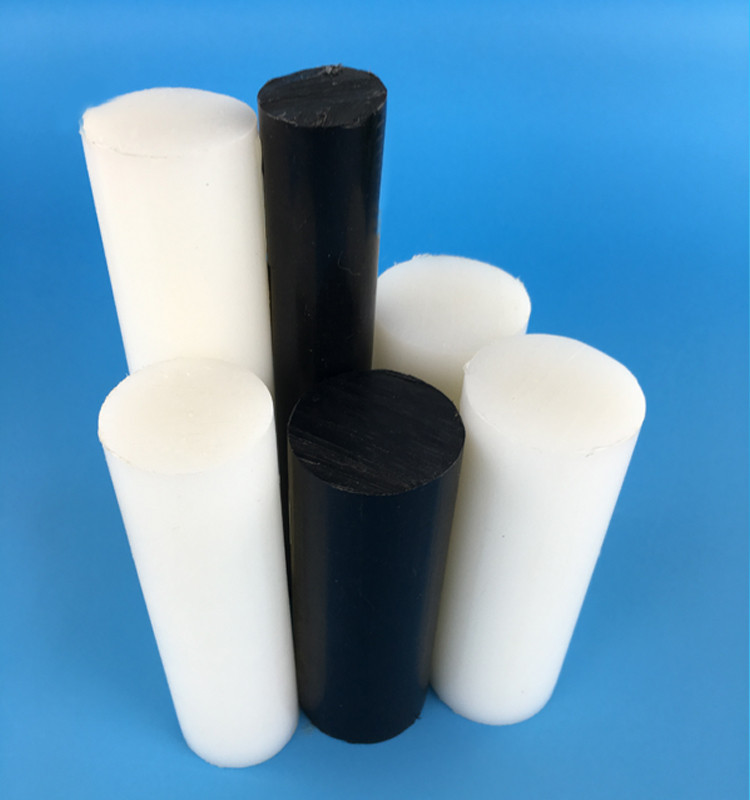Friends with skin allergies can hide from bedding such as chemical fiber, and many side effects have been recognized. But how can I confirm that the silk I purchased is authentic? How can I identify counterfeit and inferior products made of chemical fiber such as rayon? The simplest point: all “man-made†fibers generally have a beautiful appearance, regardless of the color division or the fiber thickness. Very regular. On the contrary, some quilts have a small amount of impurities, which is actually the real thing. International Home Textiles discusses some of these knowledge and identification techniques.
Touch by hand: The silk is soft and delicate, and it feels elastic with the touch of the hand. Due to the pore structure on the natural fiber, there are sometimes some feelings of “sticky handsâ€. The artificial silk raw materials such as chemical fiber are hard to feel or slippery.
Listening with the ear: Open the silk with the inner liner, take a little fiber, rub it with your hands and listen carefully. The dried silk will emit a "sand" sound when rubbed, and "Si Ming" is also called "绢鸣". It is a unique characteristic of real silk, but neither chemical fiber nor cotton. In addition, in the process of rubbing with two fingers, the silk will generally "gather" into a line, and the chemical fiber will slide out of the finger.
Observing luster: The luster of silk products is elegant and bright, but it is not glare, and there are many reflective refracting surfaces, which are irregular and similar to pearl luster. While some chemical fiber is also bright, it is pale and dazzling.
Soaking in boiling water: Put a small amount of fiber into boiling water. The silk has no obvious change in shape in a short time, and the chemical fiber is quickly bent and sunk. After drying, the length is almost unchanged, which is silk. The phenomenon of shrinking water is chemical fiber.
Dip test: Draw a small amount of fiber, wet it with drip in the left position, and then pull. Rayon is generally broken at a place where it is only wetted, and the silk may be broken at any place, and it is difficult to break whether it is dry or wet, and it is a chemical fiber.
Compare the creases: Take some fibers, repeatedly fold and knead, the silk is elastic and has no creases. The rayon has obvious creases and is difficult to recover. If there is a slight crease, but slowly recover, it is a chemical fiber such as NYLON.
Ignite with fire: Ignite a little fiber with fire, the silk fiber can burn, but it will be extinguished after leaving the open flame, and the smell of the hair is burnt, and the residue is gray, and the fingers are crushed. We found that if it is ordinary chemical fiber, it will continue to burn quickly after leaving the open flame. There is a plastic burning smell, and the residue is black small spherical shape, and the texture is hard and difficult to crush. If it is cotton, it will continue to burn after leaving the open flame. The smell is light, similar to burning paper, and the residue is also gray and black.
Pull test: Try to peel a little fiber from the big fiber. If the fiber is not only long, but also closely intertwined, it seems to be continuous, it is difficult to pull it apart alone, it is silk. If the fiber is short and hard, it is a tussah silk or a mechanism. If the fiber is well-proportioned and the color is regular, it is chemical fiber.
Beating bedding: Under the light of the sun, the beating is smashed. If there is dust rising, the black-hearted trader has added a talcum-like substance to make money.
The non-natural silk series has a fire burning. On the contrary, it does not burn.
PA6 is recognized as the most widely used and known engineering plastic in the current market. PA6 has the best performance, very tough, even at low temperatures, and high surface hardness, mechanical lower shock, and abrasion resistance. Combined with these characteristics and good insulation, and chemical properties, it has become common-level materials. It`s widely used in a variety of mechanical structures and spare parts. Compared to PA6, PA66 own the higher hardness, rigidity, better resistance to wear and heat deflection temperature. Temperature resistance from -40℃ to 110 ℃.
-
Advantages:
♦ High strength and stiffness
♦ High impact and notch impact strength
♦ High heat deflection temperature
♦ Good at dampening
♦ Good abrasion resistance
♦ Low coefficient of friction
♦ Good chemical stability against organic solvents and fuels
♦ Excellent electrical properties, ease of printing and dyeing
♦ Food safe, noise reductionDisadvantages:
♦ Poor dimension stability, electrical and mechanical properties may become affected by absorbing moisture or water
♦ Poor acidproof ability, can`t dye with acid or touch overmuch acid
♦ Poor lightfastness, poor endurance in pollution -

Plastic Pa6 Rod, White Pa6 Rod, Black Pa6 Rod, Green Pa6 Rod,Nylon Rod,Nylon Bar
SHENZHEN XIONGYIHUA PLASTIC INSULATION LTD , http://www.xyhplastic.com